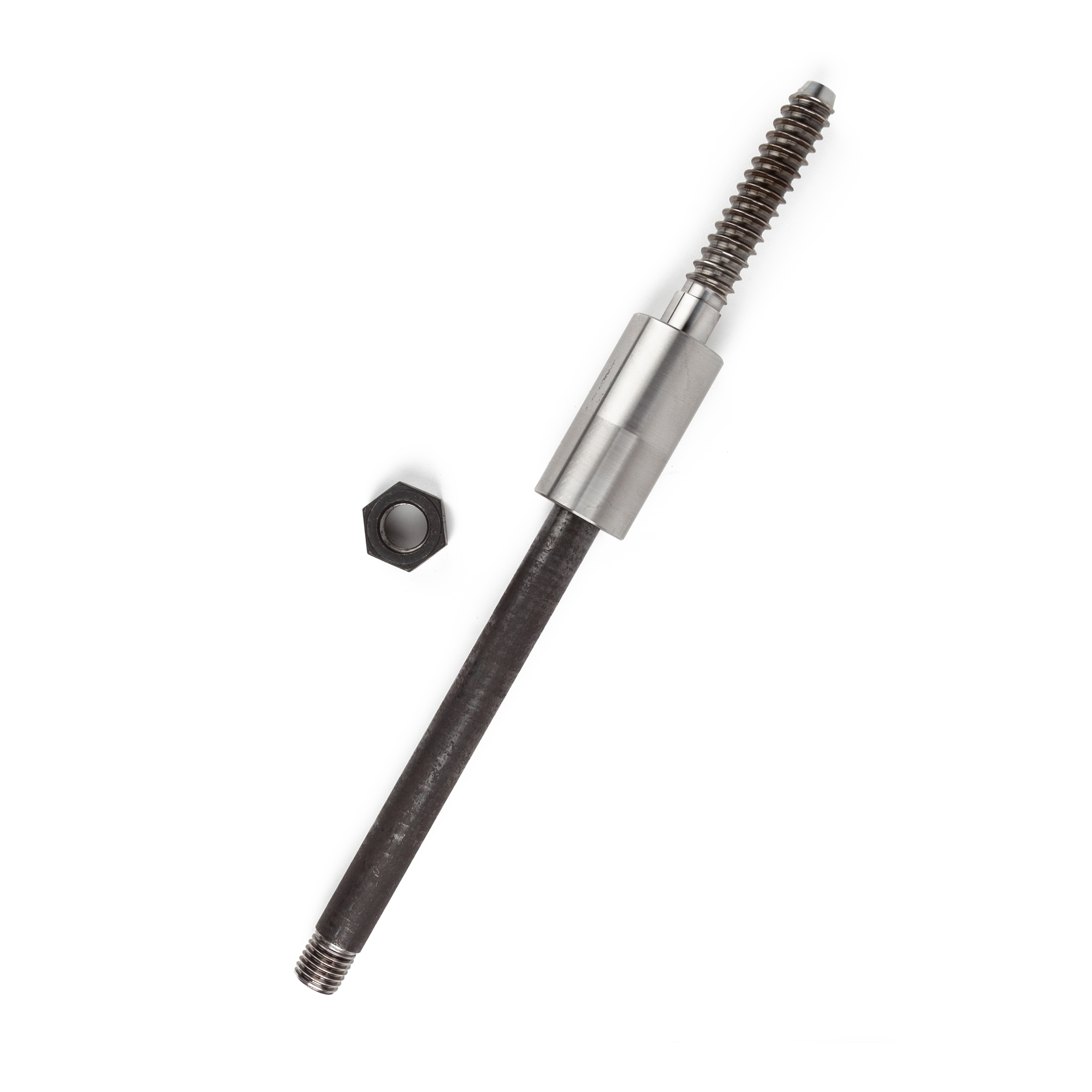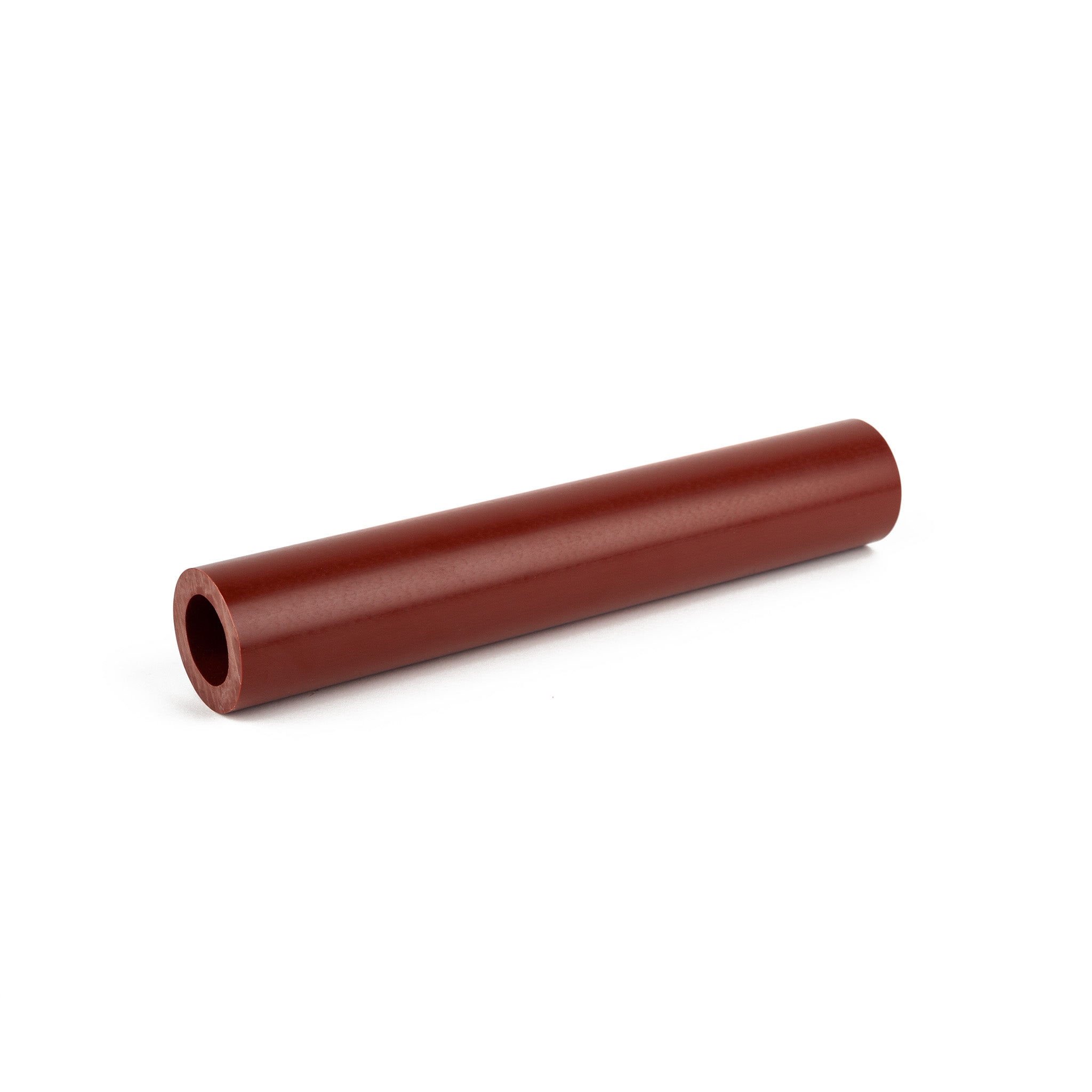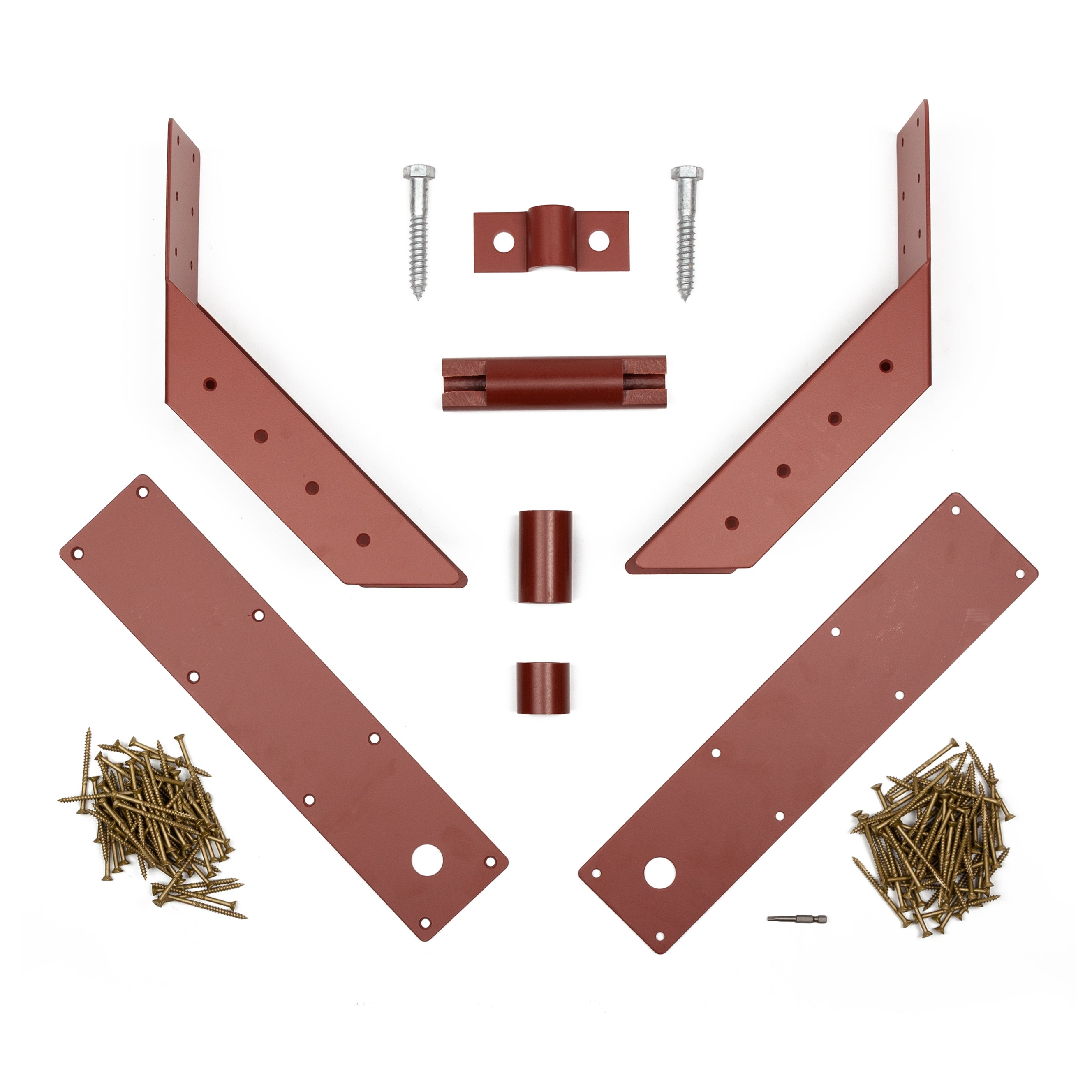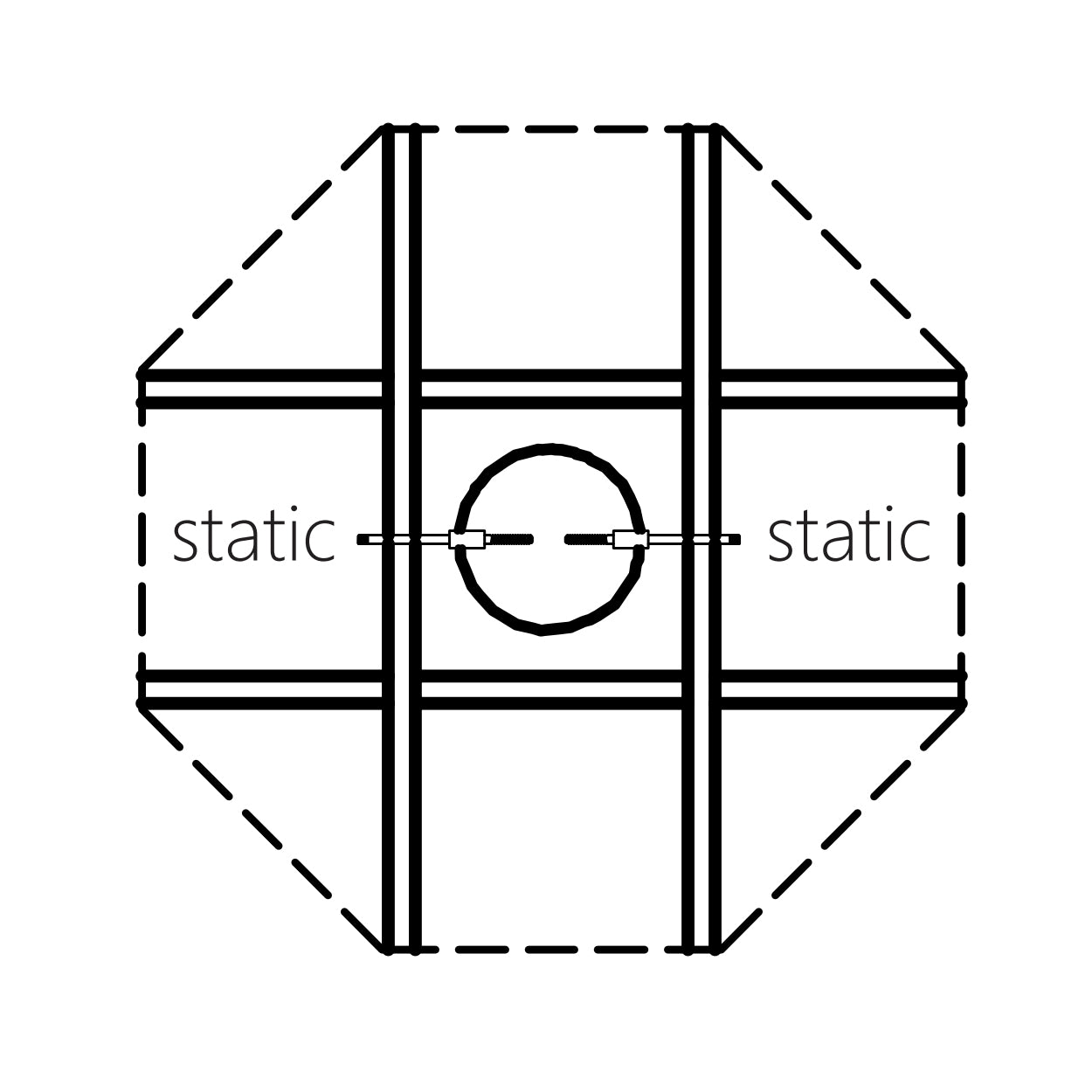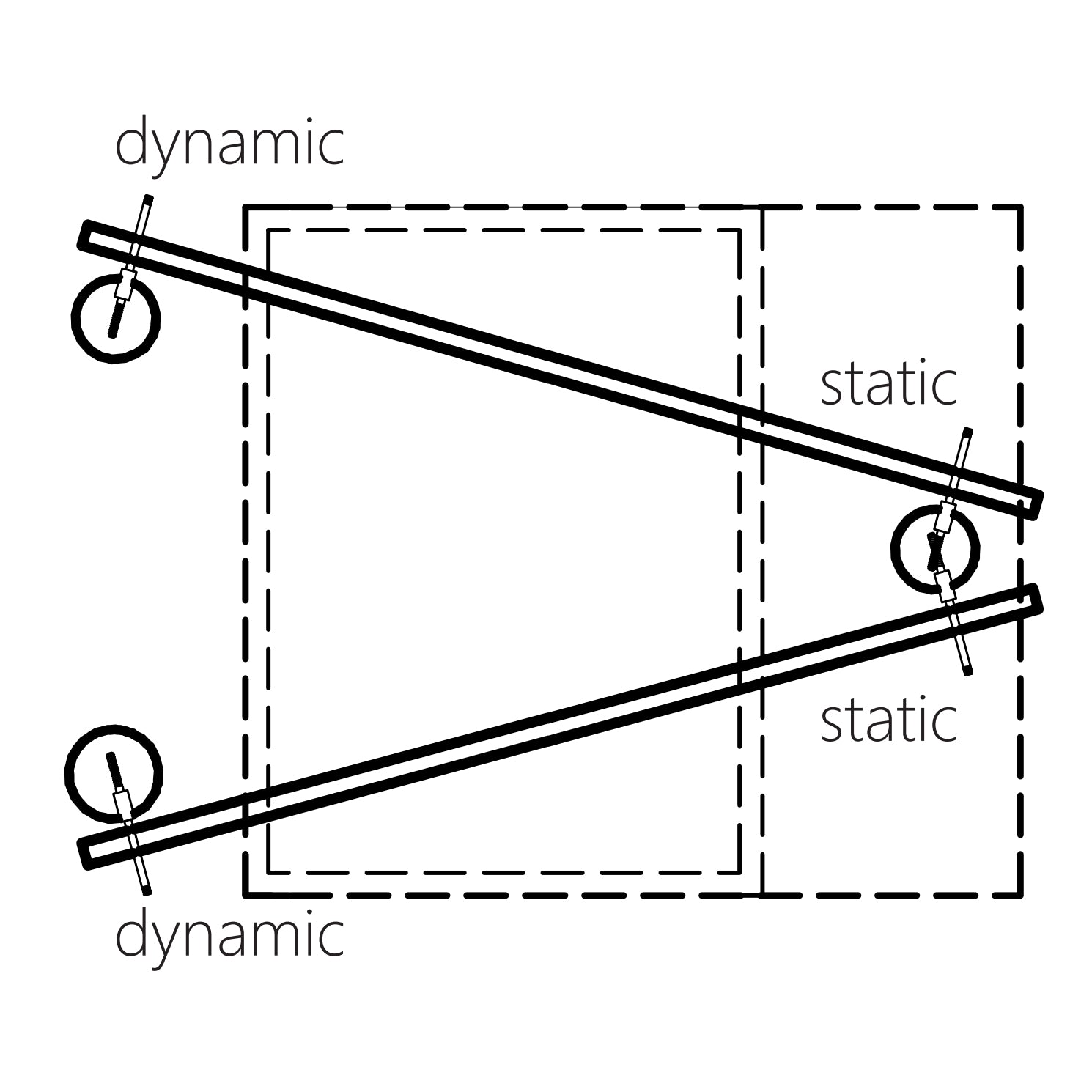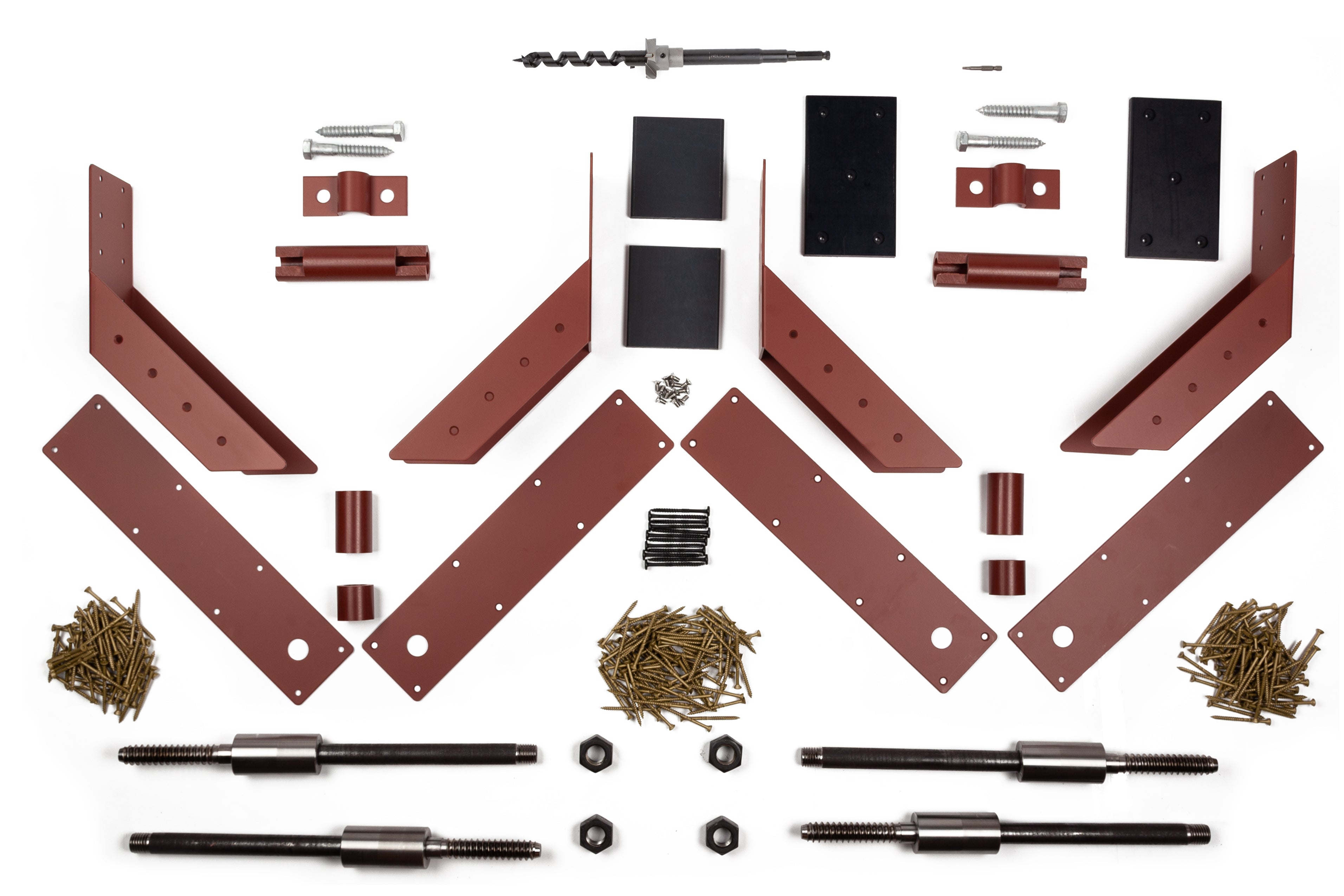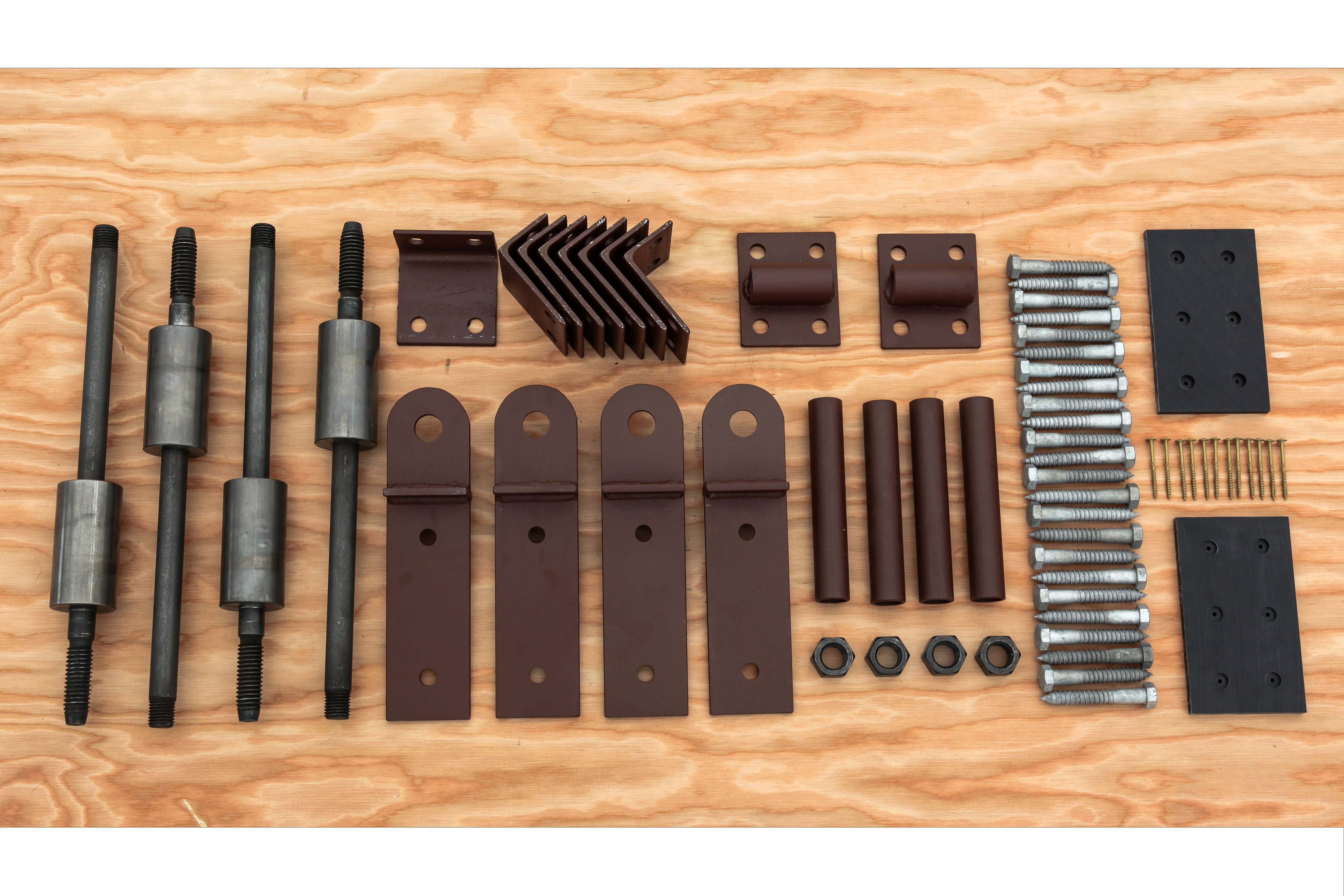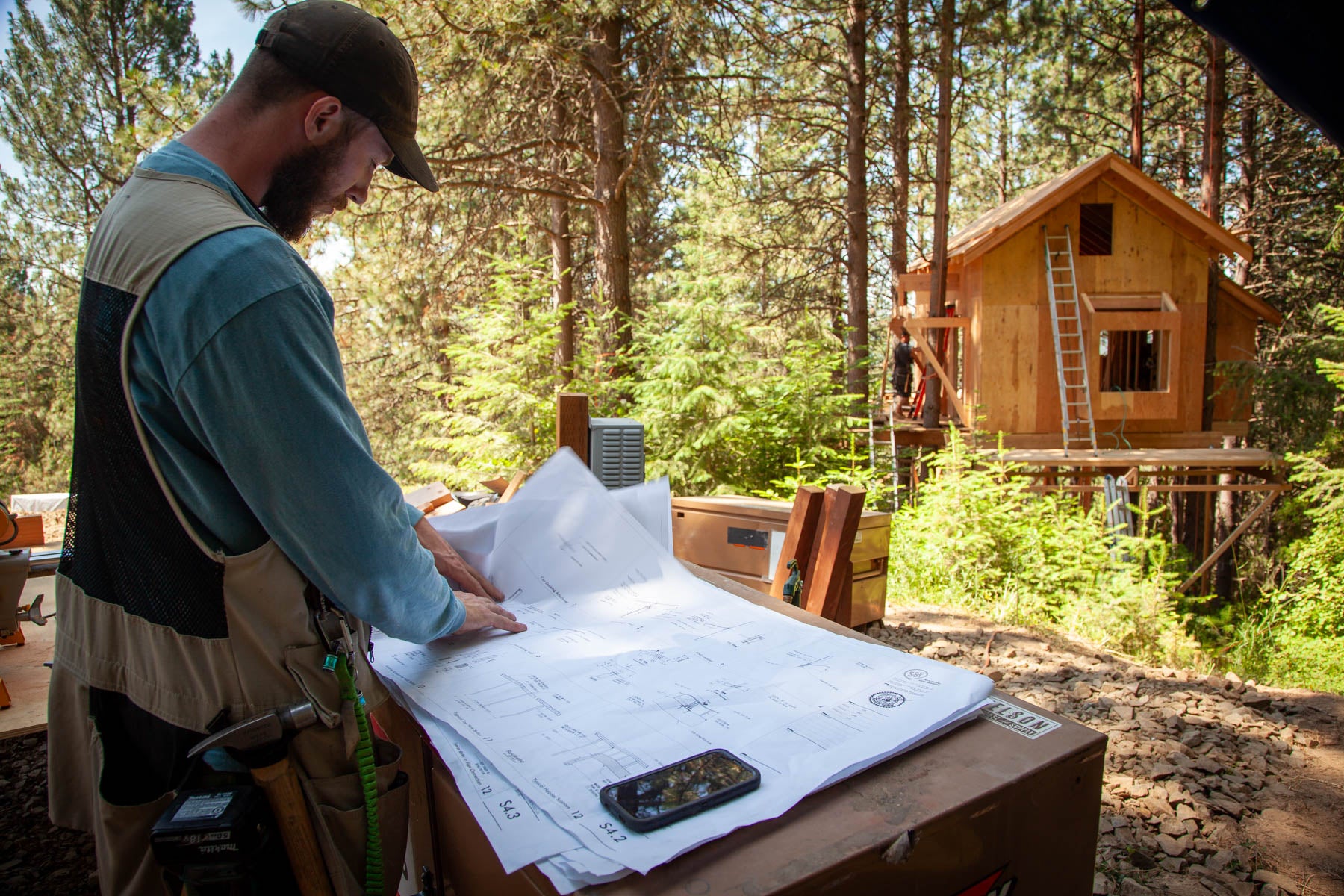Treehouse 101:
The essence of a good treehouse is a tree-friendly, tree-thoughtful approach at every stage of the design and build process. Our specialized hardware embodies this approach as it is designed to minimize the impact on the trees and maximize the safety of the structure. With this in mind, it's time to take it "To the Trees"!

Jump right in...
The best place to start is with the Treehouse Instructional Guide. This guide, developed by Pete Nelson, goes into detail about tree selection, platform design fundamentals and our specialized hardware systems.
Multi-column

1. Find your trees
The key to a successful treehouse project is incorporating strong & healthy trees at least 8" in diameter and less than 24' apart.
Pro Tip #1: A treehouse is still a treehouse, even if you have to use a post(s).
Pro Tip #2: Check with your local building department regarding code relating to your project and property.
Pro Tip #3: Hire an arborist. Tree health, species and long term care is of the utmost importance.

2. Design your treehouse
Start with a scaled tree layout.
Think about how you will access the platform and the scale of your structure. Based on this, place your beams & joists, considering appropriate spans and safe cantilevers.
The Key to Success: Ensure that the trees can grow and move freely based on tree species and environmental factors.
Pro Tip: The higher you build, the more tree movement there will be.
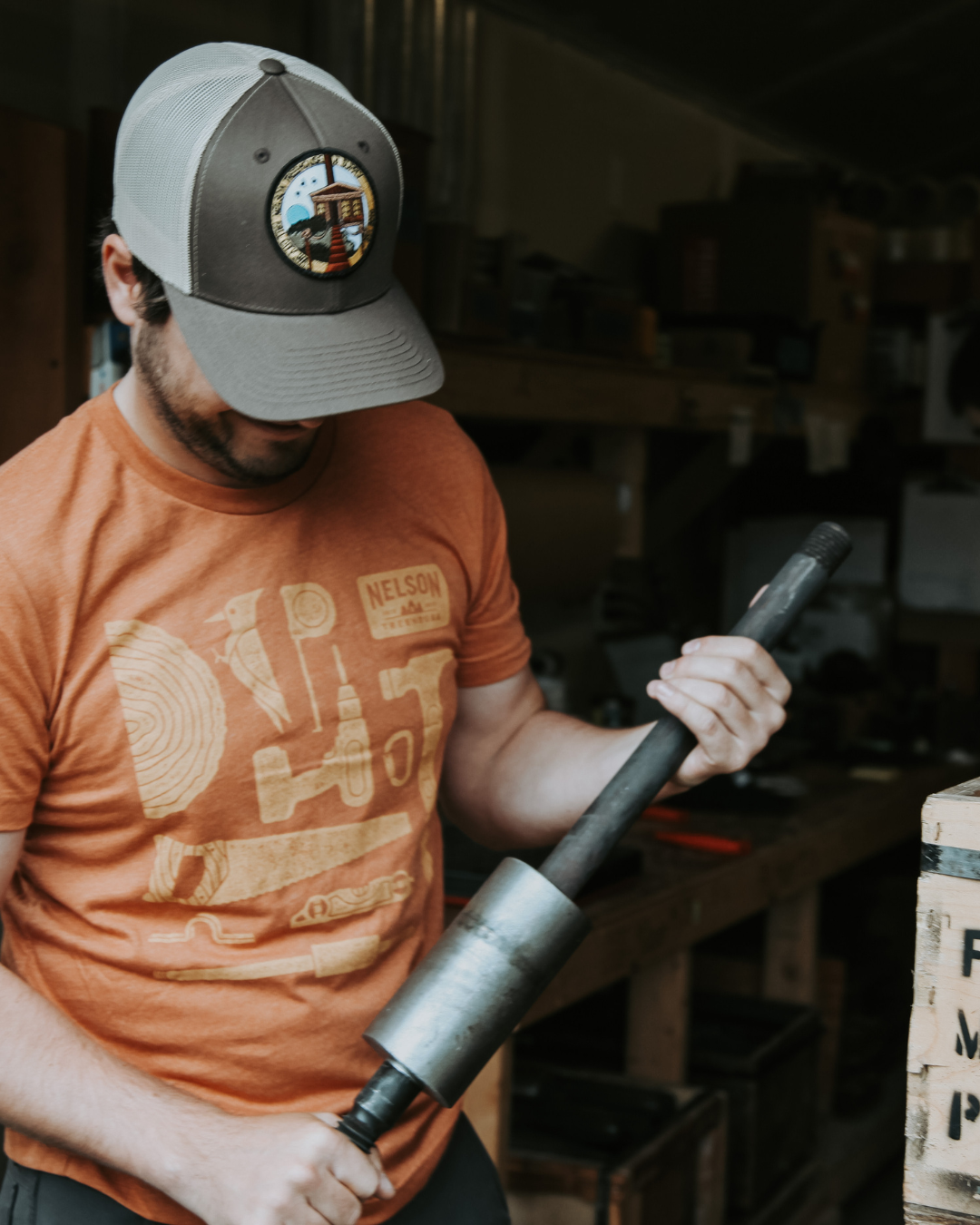
3. Select your hardware
Nelson Treehouse hardware has been carefully developed and continually refined for the past 30 years.
Our specialized hardware has been tested in an ICC accredited engineering lab and accepted by building departments all over the USA.
It is imperative to select the correct hardware system based on the scale of your treehouse project, taking all loads into consideration.
Treehouse Attachment Bolt Technology
The structural backbone of every successful, long-lasting & safe treehouse project
- Allows the tree(s) to move & grow
- Does NOT hurt the tree
- Utilized by the professionals & approved by buliding officials, arborists, engineers across the USA
Our Treehouse Hardware Systems:
Tree Fort (tf)
Our “lightest duty” system, perfect for a child’s treehouse or simple backyard build.
Think: sunset deck, tree gazebo, tree forts, etc.
Standard Limb (SL)
Our original hardware system designed for “adult-scale”, residential style projects.
Think: guest room, home office, art studio, etic.
Gravity capacity of Nelson Treehouse TABs*


Free the Tree
Trees are alive and dynamic - meaning they move independently in the wind and grow in girth.
On a typical platform, there is one static connection. The remaining connections must be dynamic. Preventing natural motion is not only harmful to the tree, but potentially catastrophic for the structural integrity of your treehouse.
Disclaimer & Limitations
Be in a Tree LLC and Nelson Treehouse and Supply disclaim and limit any representations and warranties as follows:
- The load that this treehouse hardware can bear depends on many factors, including the species and health of your tree(s). Tree house maintenance is required every year to ensure the structure, and tree(s) remain safe and secure for years to come, and more importantly that its users are not put at risk. Perform frequent inspections and maintenance.
- We highly recommend consulting with Nelson Treehouse, a certified arborist, and a structural engineer before starting your project, especially if your treehouse will contend with snow loads, wind, earthquakes, or other extreme environmental factors.
- Use hardware at your own risk. Improperly installed hardware can pose a significant risk to all parties involved including (but not limited to) the tree, construction workers, and the users of the treehouse. Be in a Tree LLC and Nelson Treehouse and Supply disclaim and assume no liability, are not responsible for property damage, personal injury or consequential damages alleged to be the result of use of this product.









